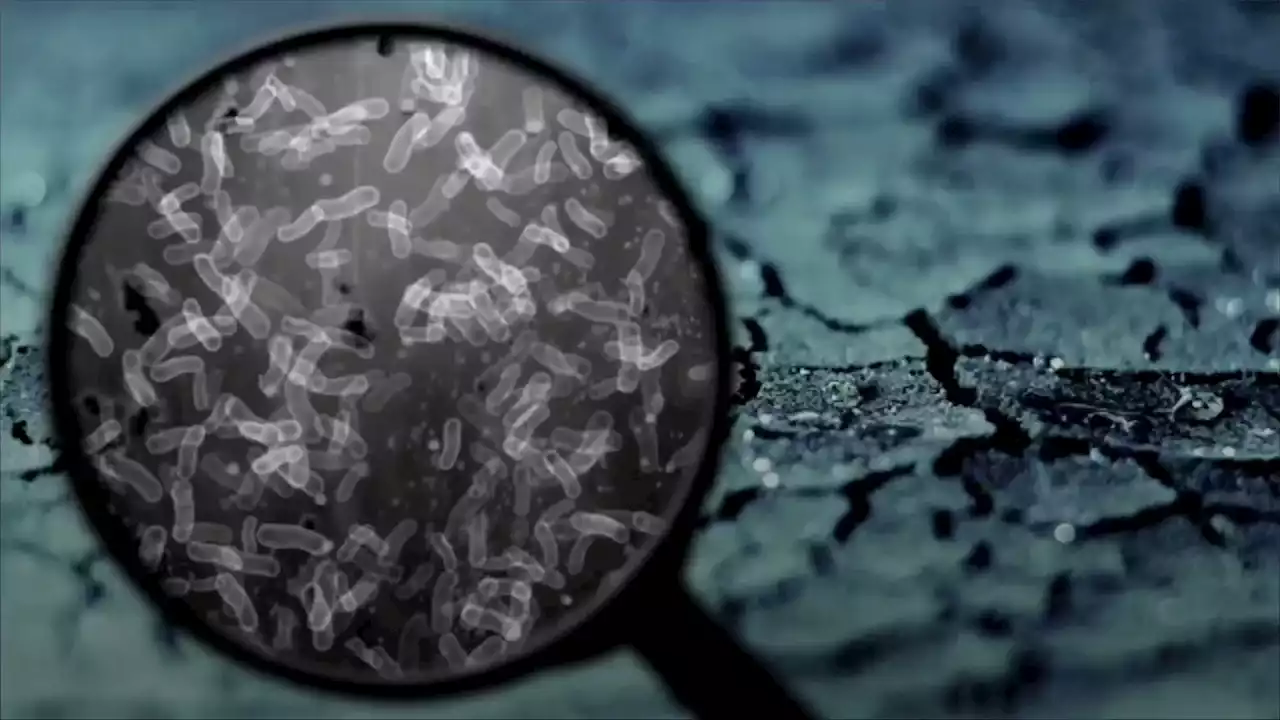Neurological manifestations associated with monkeypox infection Monkeypox Neurological Disease encephalitis cerebrospinal pediatric neuroinflammatory IDAdvance UNIRIO_Oficial
By Dr. Liji Thomas, MDSep 5 2022Reviewed by Benedette Cuffari, M.Sc. As the coronavirus disease 2019 transitions to endemic disease, the widespread transmission of the monkeypox virus has become a new threat to public health.
Introduction Like smallpox, monkeypox is mainly a disease of the skin. However, unlike smallpox, which has a 30-40% mortality rate, monkeypox infection appears to resolve spontaneously within three to four weeks of symptom onset in almost all patients. The current outbreak is caused by a less virulent monkeypox strain; however, it continues to spread rapidly.
Neurological disorders associated with monkeypox The most common neurological complications of monkeypox infection include headache and muscle aches, which have been reported in about half of infected patients. Additional neurological symptoms that have been reported include encephalitis, seizures, dizziness, fatigue, vision alterations, photophobia, pain, anxiety, and depression.
CSF changes in viral encephalitis The CSF in viral encephalitis exhibits an increase in cell variety, mainly mononuclear cells at 10–200 cells/µl; however, normal cell counts of less than 5 cells/µl may also be present. The presence of specific monkeypox immunoglobulin M in serum or CSF is also a useful diagnostic tool, as it is evidence of antibodies of intrathecal origin. This is particularly helpful in diagnosing this type of encephalitis during later stages of the disease when PCR is often negative.Smallpox disease and vaccination have also been associated with encephalitis, with vaccination being immune-mediated acute disseminated encephalomyelitis .
United Kingdom Latest News, United Kingdom Headlines
Similar News:You can also read news stories similar to this one that we have collected from other news sources.
 Study suggests loss of smell and brain inflammation are independent in COVID-19Study suggests loss of smell and brain inflammation are independent in COVID-19 biorxivpreprint institutpasteur Sorbonne_Univ_ unibern smell brain inflammation COVID19 coronavirus covid
Study suggests loss of smell and brain inflammation are independent in COVID-19Study suggests loss of smell and brain inflammation are independent in COVID-19 biorxivpreprint institutpasteur Sorbonne_Univ_ unibern smell brain inflammation COVID19 coronavirus covid
Read more »
 Artificial sweeteners can raise blood glucose - gut microbiome appears to explainArtificial sweeteners can raise blood glucose - gut microbiome appears to explain Artificial Sweeteners Microbiome bloodglucose Type2Diabetes Diabetes Type1Diabetes CellCellPress
Artificial sweeteners can raise blood glucose - gut microbiome appears to explainArtificial sweeteners can raise blood glucose - gut microbiome appears to explain Artificial Sweeteners Microbiome bloodglucose Type2Diabetes Diabetes Type1Diabetes CellCellPress
Read more »
 The best games to play while doing homeworkThe best games to play while you should be doing homework (or any kind of work).
The best games to play while doing homeworkThe best games to play while you should be doing homework (or any kind of work).
Read more »
 Antiviral activity of favipiravir against Zika and SARS-CoV-2 in cynomolgus macaquesAntiviral activity of favipiravir against Zika and SARS-CoV-2 in cynomolgus macaques Efficacy SARSCoV2 Coronavirus Disease COVID NatureComms
Antiviral activity of favipiravir against Zika and SARS-CoV-2 in cynomolgus macaquesAntiviral activity of favipiravir against Zika and SARS-CoV-2 in cynomolgus macaques Efficacy SARSCoV2 Coronavirus Disease COVID NatureComms
Read more »
 Biogeographical survey of soil microbiomes across sub-Saharan Africa: structure, drivers, and predicted climate-driven changes - MicrobiomeBackground Top-soil microbiomes make a vital contribution to the Earth’s ecology and harbor an extraordinarily high biodiversity. They are also key players in many ecosystem services, particularly in arid regions of the globe such as the African continent. While several recent studies have documented patterns in global soil microbial ecology, these are largely biased towards widely studied regions and rely on models to interpolate the microbial diversity of other regions where there is low data coverage. This is the case for sub-Saharan Africa, where the number of regional microbial studies is very low in comparison to other continents. Results The aim of this study was to conduct an extensive biogeographical survey of sub-Saharan Africa’s top-soil microbiomes, with a specific focus on investigating the environmental drivers of microbial ecology across the region. In this study, we sampled 810 sample sites across 9 sub-Saharan African countries and used taxonomic barcoding to profile the microbial ecology of these regions. Our results showed that the sub-Saharan nations included in the study harbor qualitatively distinguishable soil microbiomes. In addition, using soil chemistry and climatic data extracted from the same sites, we demonstrated that the top-soil microbiome is shaped by a broad range of environmental factors, most notably pH, precipitation, and temperature. Through the use of structural equation modeling, we also developed a model to predict how soil microbial biodiversity in sub-Saharan Africa might be affected by future climate change scenarios. This model predicted that the soil microbial biodiversity of countries such as Kenya will be negatively affected by increased temperatures and decreased precipitation, while the fungal biodiversity of Benin will benefit from the increase in annual precipitation. Conclusion This study represents the most extensive biogeographical survey of sub-Saharan top-soil microbiomes to date. Importantly, this study has a
Biogeographical survey of soil microbiomes across sub-Saharan Africa: structure, drivers, and predicted climate-driven changes - MicrobiomeBackground Top-soil microbiomes make a vital contribution to the Earth’s ecology and harbor an extraordinarily high biodiversity. They are also key players in many ecosystem services, particularly in arid regions of the globe such as the African continent. While several recent studies have documented patterns in global soil microbial ecology, these are largely biased towards widely studied regions and rely on models to interpolate the microbial diversity of other regions where there is low data coverage. This is the case for sub-Saharan Africa, where the number of regional microbial studies is very low in comparison to other continents. Results The aim of this study was to conduct an extensive biogeographical survey of sub-Saharan Africa’s top-soil microbiomes, with a specific focus on investigating the environmental drivers of microbial ecology across the region. In this study, we sampled 810 sample sites across 9 sub-Saharan African countries and used taxonomic barcoding to profile the microbial ecology of these regions. Our results showed that the sub-Saharan nations included in the study harbor qualitatively distinguishable soil microbiomes. In addition, using soil chemistry and climatic data extracted from the same sites, we demonstrated that the top-soil microbiome is shaped by a broad range of environmental factors, most notably pH, precipitation, and temperature. Through the use of structural equation modeling, we also developed a model to predict how soil microbial biodiversity in sub-Saharan Africa might be affected by future climate change scenarios. This model predicted that the soil microbial biodiversity of countries such as Kenya will be negatively affected by increased temperatures and decreased precipitation, while the fungal biodiversity of Benin will benefit from the increase in annual precipitation. Conclusion This study represents the most extensive biogeographical survey of sub-Saharan top-soil microbiomes to date. Importantly, this study has a
Read more »
